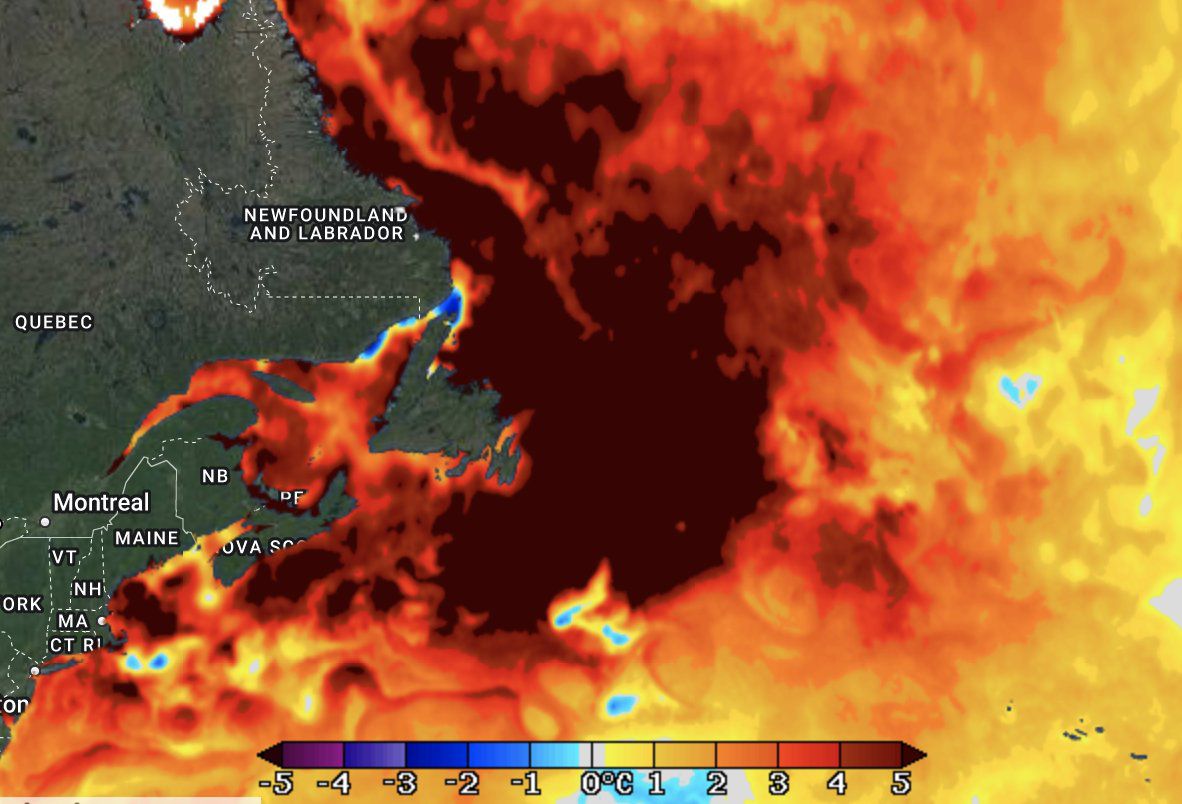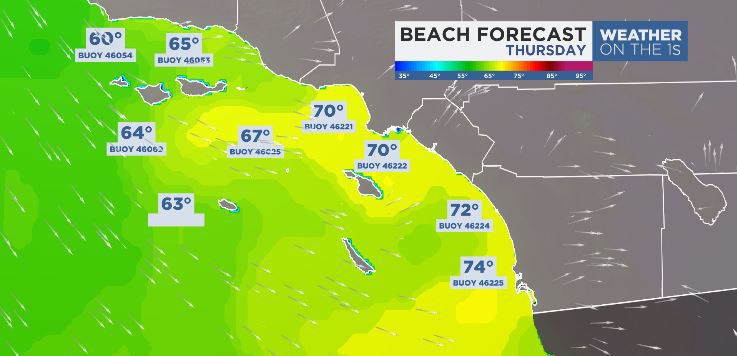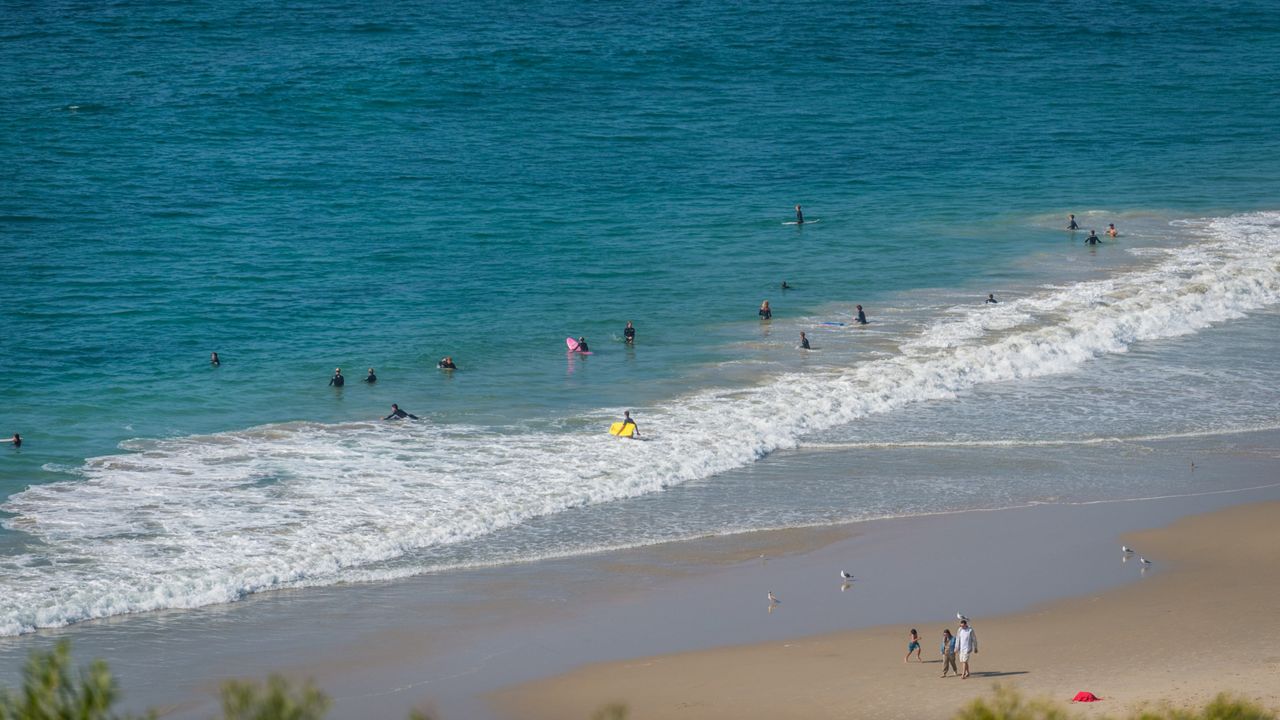Thinking about heading to Florida to take a dip in the calm, warm waters of the tropical Atlantic? You may be in for a hot tub of a surprise.
45% of our global oceans are currently experiencing a “marine heatwave”, but coastal California is not taking part in this historic event.
From the east coast of Canada to the south coast of Florida, the Atlantic Ocean sea surface temperatures are running a fever.
Extreme heat has impacted the United States this year, and warming through the ocean surface from the atmosphere has led to some of the hottest temperatures ever recorded off of the Atlantic coast.

South Florida’s average sea surface temperatures range from the low 80s to the upper 80s, and will sometimes grace 90 to 92 degrees during a hot season.
This year, sea surface temperatures off of the coast have been 5-10 degrees above normal since the beginning of July, and temperatures have only increased since the beginning of the month.
The dark and murky waters of the Everglades can absorb more radiation than other lighter bodies of water, leading to bathtub-like temperatures.
Here, the waters are taking on an excessive amount of heat with a buoy in Manatee Bay, Florida, recording a sea surface temperature of 101 degrees Fahrenheit.
That thermal stress could lead to major impacts on marine life across the Atlantic coast, including bleaching from our coral reefs.
When water temperatures get too warm, our sensitive corals can expel algae called zooxanthellae that turns the corals white, and can lead to the death of the coral.
Since oceans contain higher heat content, the large body of water takes a longer time to heat and cool.
Upwelling from tropical systems can mix cooler water from the depths of the ocean up to the surface, and that will help to balance out temperatures. However, that solution is a bit extreme.
On the other side of the country, our coastal waters couldn’t be anymore different.
Temperatures off of the Los Angeles County coast to San Diego have finally reached the low 70s. If you’re wondering if that’s too warm or even too cool for our average temperatures, we’re actually where we’re supposed to be for this time of year.

The peak of the marine heat along the southern Pacific shelf waters here in SoCal is July into August.
Upwelling across the Pacific keeps temperatures much cooler than the eastern coast waters. Winds that blow across the surface of the ocean will push water away from one side of the coast, which then leads to cooler, nutrient-rich waters rising from below.
Water temperatures right at the coast normally do not exceed 73 degrees past August, but it has happened in the past. Less low-cloud cover, a strong heat dome, and a wind shift would lead to less upwelling and could boost coastal temperatures above the seasonal average.
Our team of meteorologists dives deep into the science of weather and breaks down timely weather data and information. To view more weather and climate stories, check out our weather blogs section.



